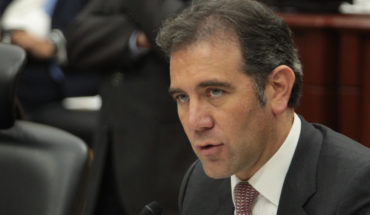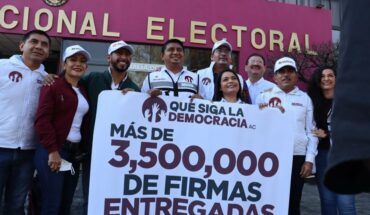On June 14, 1928, one of the most important Argentines of the twentieth century was born in Rosario, and one of the best known around the world: Ernesto Guevara. El Che. Doctor, adventurer, fundamental part of the Cuban Revolution, Che is a world icon of the struggle of those oppressed by the system. He was the eldest of five children. His parents, Ernesto Guevara Lynch and Celia de la Serna, belonged to aristocratic families with a lot of money. In that context, Ernestito grew up, who was going to change – and in what way – the family history. During his childhood he lived in Misiones, Buenos Aires and Córdoba, where he stayed until he was 19 years old. Between 1947 and 1952, Ernesto Guevara lived in Buenos Aires, where he graduated as a doctor. He also played rugby, but the asthma he suffered prevented him from moving forward with the sport. At the age of 24 he made his first major trip through Latin America. And this was going to change his view of the world. This trip, which Che made with his great friend Alberto Granado, involved direct contact with the most oppressed social sectors of America, and revealed to him the characteristics of the inequalities suffered by the region. Later, he lived in Guatemala, until in 1954 he settled in Mexico. A year later he met Fidel Castro there. He invited him to join the July 26 Movement, a guerrilla group whose ultimate goal was to overthrow Cuba’s dictator, Fulgencio Batista. Che joined without hesitation. On November 25, 1956, 82 members of the July 26 Movement, including Fidel Castro, his brother Raúl, Camilo Cienfuegos and Che Guevara, left Mexico on the yacht Granma. At that time, the revolutionaries settled in Sierra Maestra, a mountain range located 800 kilometers from Havana. There was one problem, among many: the weather was the worst possible for Che’s asthma. Thus, for two and a half years, Ernesto Guevara fought not only against the enemy, but against his own health. With the triumph of the revolution began the most controversial aspects of Che. One of the government’s first decisions was the so-called revolutionary trials against people associated with the Batista regime. It is believed that there were more than 500 shootings in the first months of the triumph of the revolution. And they were in charge of Che Guevara. He himself justified them, years later, in a speech to the United Nations. The question of shootings is not the only controversy surrounding his figure. There is also his view on homosexuality, which the Cuban Revolution always pursued. And although there are no records of Che speaking publicly on the subject, it is considered that he supported the position that Fidel Castro then had.In 1965, only six years after he came to power, Che announced to Fidel Castro that he would go to the Democratic Republic of the Congo, in central Africa, to look for “new battlefields”. After his African incursion, Che returned to America. More precisely to Bolivia, where he sought to organize a guerrilla that would overthrow the dictatorship of Barrientos. But not only that. It was a strategically located place to take the revolution to other countries in South America. Bolivia would be the end of Ernesto Guevara’s revolutionary adventure. On October 9, 1967, Che was captured in combat in the Quebrada del Churo, and transferred to La Higuera. There he was killed. For the past five decades, Che Guevara’s face was the symbol of struggles against oppression around the world. Poems, songs and a thousand flags were dedicated to him. But its true essence is still being discussed. His figure, controversial and rebellious, continues to be the object of conflict.
Filo.explica│Who was Ernesto “Che” Guevara: History of the most famous revolutionary in the world
June 14, 2022 |





